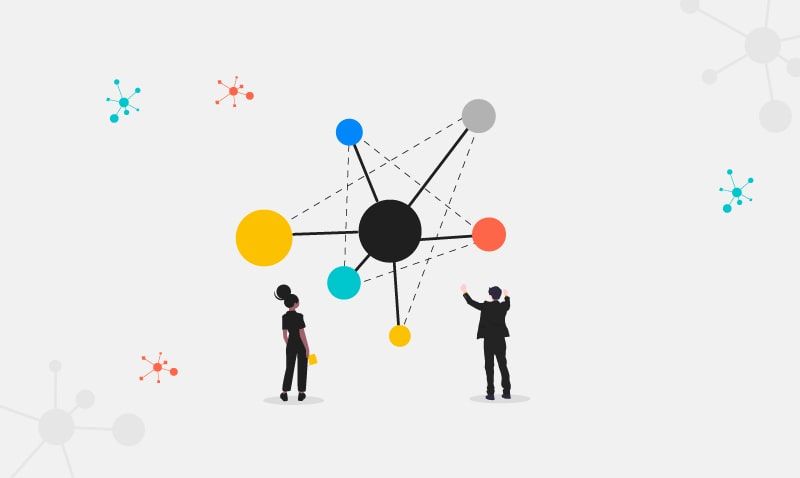Disinformation and Cybersecurity

Cybersecurity is concerned with safeguarding and defending computer systems, networks, and digital infrastructure from hacking. Attacks are used by malicious actors to compromise the confidentiality, integrity, and availability of IT systems for their own profit.
Disinformation is an attack on and compromise of our cognitive being in the same way. Nation-state actors with geopolitical ambitions, violent extremists all exploit information to sow conflict, enhance polarization, and, in some circumstances, affect election outcomes.
The target distinguishes a misinformation operation from a cyberattack. Cyberattacks target computer infrastructure, but misinformation takes use of our cognitive flaws. Malware, viruses, trojans, botnets, and social engineering are the instruments used in classic cybersecurity operations. Disinformation attacks employ distorted, miscontextualized, and misappropriated information, as well as deepfakes.
Disinformation’s purpose is to modify individual mind and behavior, rally society, and shatter peace. A cognitive hacking assault employs disinformation to influence the target audience’s thinking and behavior. The objective is to influence how people view reality.
Cognitive hacking has the potential to be even more detrimental than cyberattacks on critical infrastructure. The harm caused by disinformation is difficult to repair because people form opinions based on cognitive biases, which can be extremely difficult to overcome.
Distributed Denial of Service is a cybersecurity attack that involves overwhelming the target online services and networks with unnecessary requests to connect and overload the system in order to prevent genuine requests from being completed. Similarly, a misinformation operation floods the media and social media channels with misleading information and noise, drowning out the truth.
Cybersecurity professionals have effectively identified and controlled dangerous threats like as viruses, worms, hackers, and a wide range of other concerns. To identify effective counters to cognitive hacking, we must regard misinformation as a cybersecurity concern.
Today, responses to misinformation are created in isolation inside each platform, with little or no cooperation. For example, WhatsApp restricts message relaying, YouTube, Twitter, and Facebook identify or delete false messages, and certain social media sites erase or suspend accounts that participate in misinformation. There is no common classification, terminology, policy, norms, or reaction to misinformation operations and platform players. This inconsistency allows criminals to stretch the limits and move around on platforms to achieve their evil intentions.
An attempt must be taken to teach people to distinguish between true and incorrect information.
References:
EU Disinfo Lab. (2021), Why disinformation is a cybersecurity threat, https://www.disinfo.eu/advocacy/why-disinformation-is-a-cybersecurity-threat/
Huq, S. (2020), Tackling the manipulation of truth and facts is no easy task, and it’s time for the cyber security sector to take up the challenge, ComputerWeekly, https://www.computerweekly.com/opinion/Its-time-to-accept-that-disinformation-is-a-cyber-security-issue
Jaiman, A. (2021), Disinformation Is a Cybersecurity Threat, Medium, https://medium.com/swlh/disinformation-is-a-cybersecurity-threat-335681b15b48
Potter, B. (2021), Misinformation campaigns will dominate cybersecurity headaches in 2021, Security, https://www.securitymagazine.com/articles/94097-misinformation-campaigns-will-dominate-cybersecurity-headaches-in-2021
